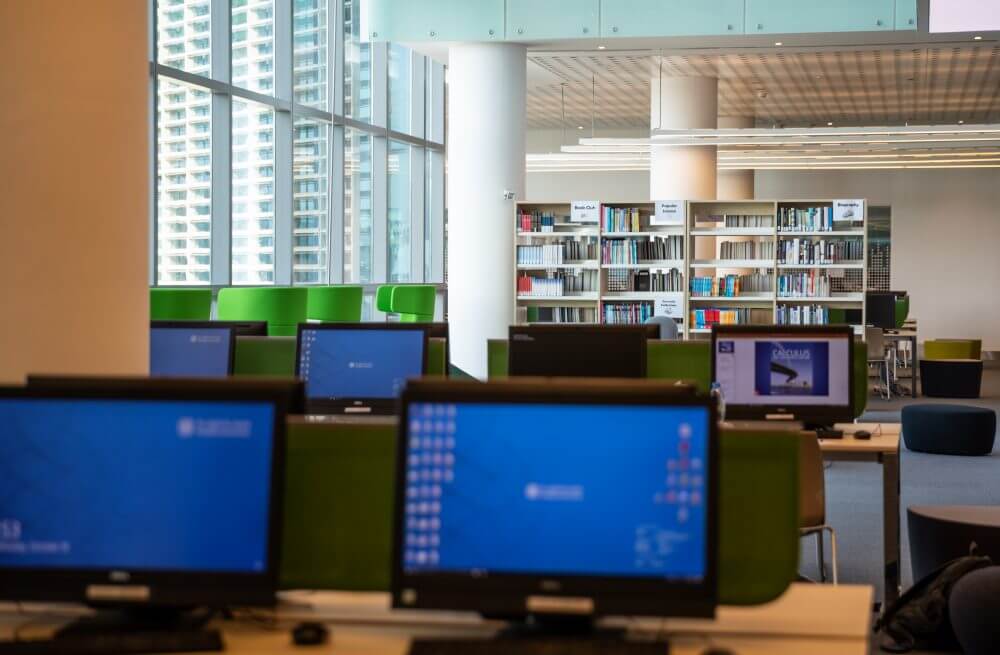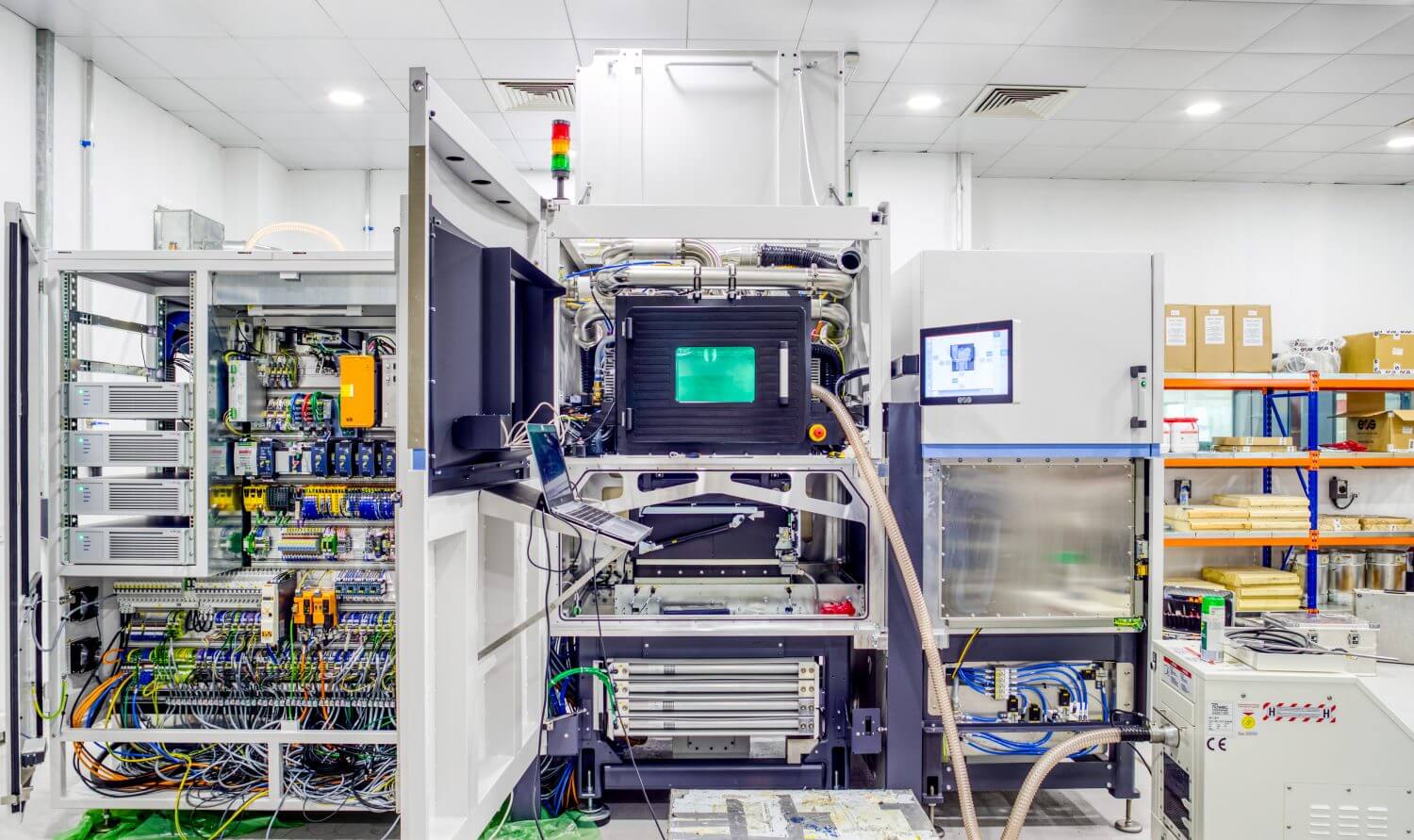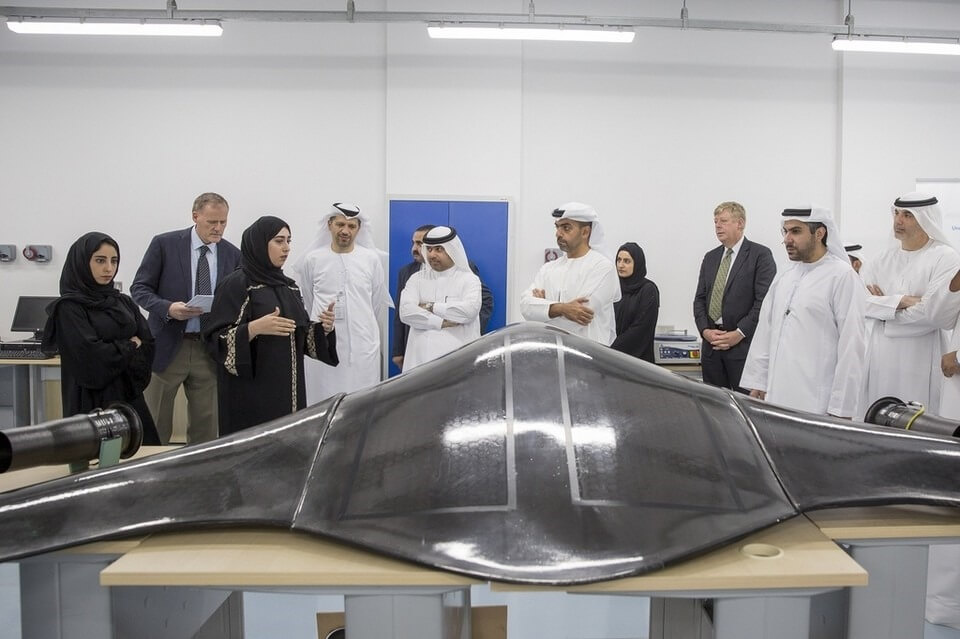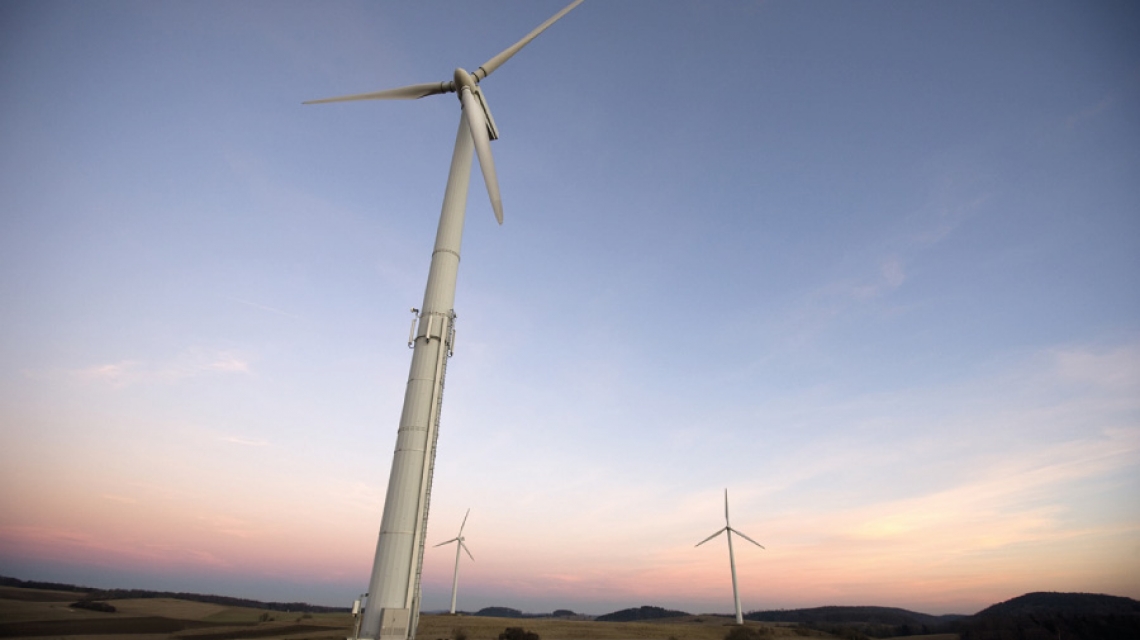Novel Shielding Idea Would Reduce Effects of Radiation on Space Travelers.
Dr. George Wesley Hitt Assistant Professor of Physics and Nuclear Engineering won top honors in NASA’s Galactic Cosmic Rays Challenge for his novel idea “on reusing a shield that could be placed in a Mars Transfer Orbit” to mitigate the impact of radiation on space travelers. NASA received a total of 136 global submission for the Challenge. Dr. Hitt received a cash award of $5 000 for his winning concept.
Dr. Hitt who obtained his PhD from Michigan State University in experimental nuclear physics proposed that shields become part of space infrastructure as opposed to the ship itself. “Shielding designs require something like 100 000 extra kilograms of payload to be shot up on a rocket and go with the astronauts. This is very expensive ” he explains. “It would be easier if the shielding was already up there. If you don’t have to make it part of the trip you can reuse it.”
NASA has issued a second challenge asking the public for ideas on optimal configurations of active and passive solutions to provide crew members maximum protection.
[mobile]
Novel Shielding Idea Would Reduce Effects of Radiation on Space Travelers.
Dr. George Wesley Hitt Assistant Professor of Physics and Nuclear Engineering won top honors in NASA’s Galactic Cosmic Rays Challenge for his novel idea “on reusing a shield that could be placed in a Mars Transfer Orbit” to mitigate the impact of radiation on space travelers. NASA received a total of 136 global submission for the Challenge. Dr. Hitt received a cash award of $5 000 for his winning concept.
Dr. Hitt who obtained his PhD from Michigan State University in experimental nuclear physics proposed that shields become part of space infrastructure as opposed to the ship itself. “Shielding designs require something like 100 000 extra kilograms of payload to be shot up on a rocket and go with the astronauts. This is very expensive ” he explains. “It would be easier if the shielding was already up there. If you don’t have to make it part of the trip you can reuse it.”
NASA has issued a second challenge asking the public for ideas on optimal configurations of active and passive solutions to provide crew members maximum protection.
[/mobile]






